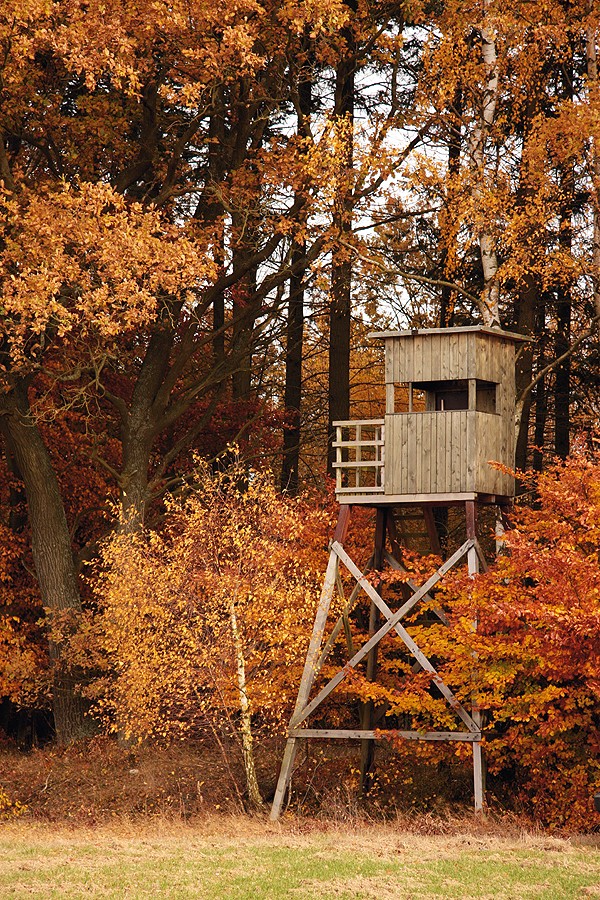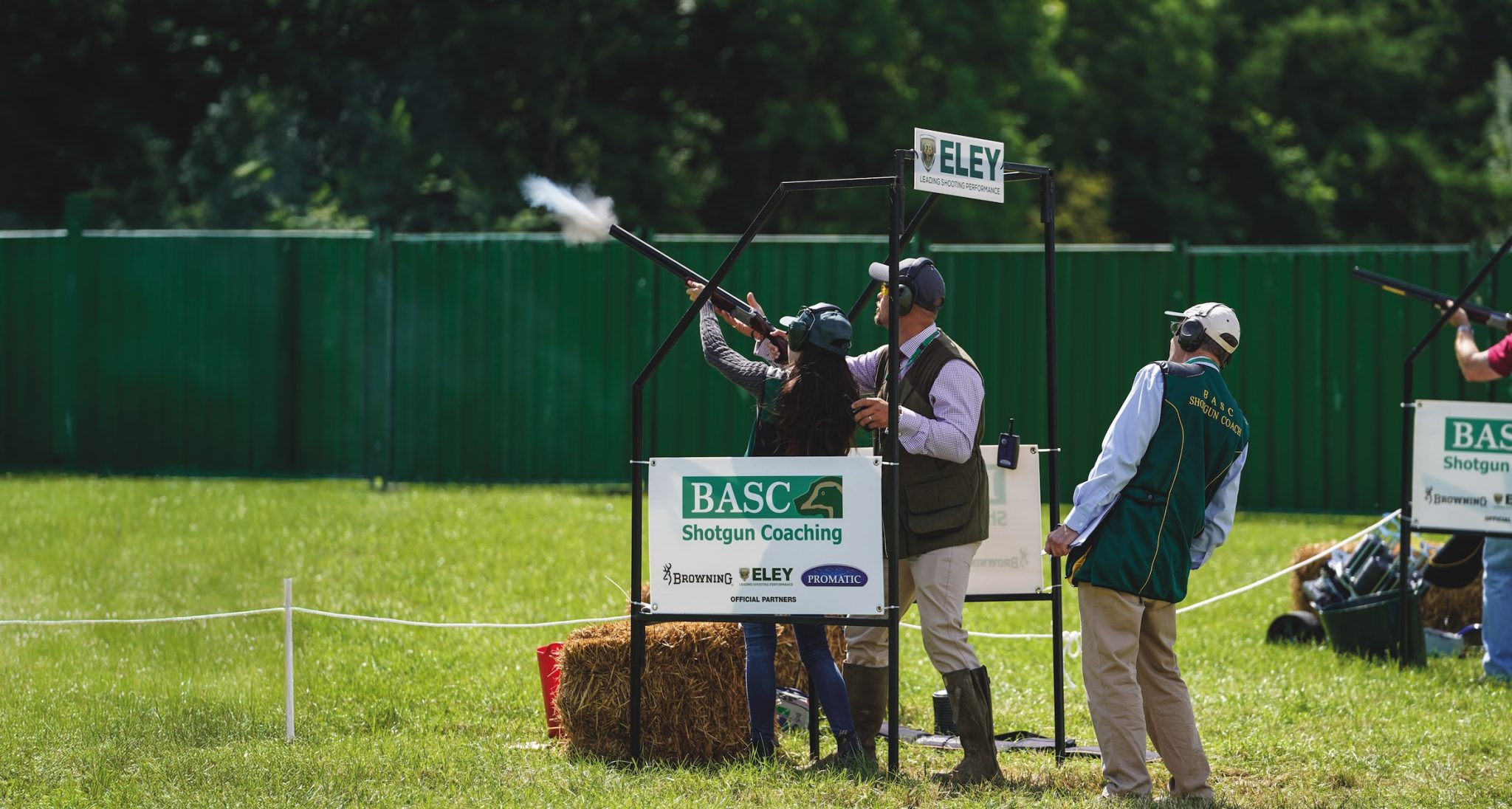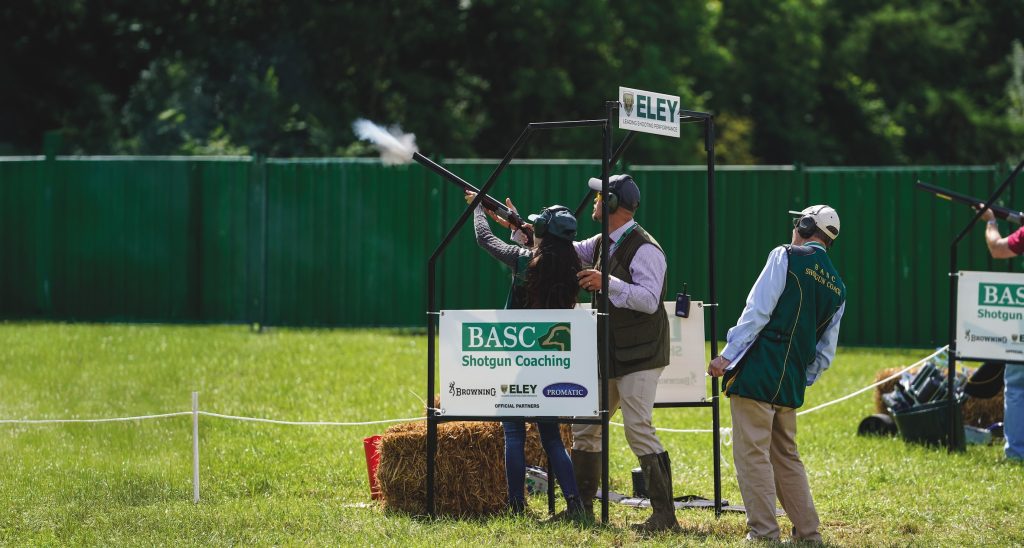News
Fox control: Take control this spring
<strong>How to keep on top of foxes in nesting season</strong>
Would you like to speak to our readers? We offer sponsored articles and advertising to put you in front of our audience. Find out more.
Every year we lose nests, sitting hen birds and wild broods to foxes. We usually have a bit of trouble with them round the pens (when we put birds to wood) and they very often cause us problems once the partridges are out as well. The number of birds we?d lose if we didn?t control foxes doesn?t really bear thinking about, which is why we put a lot of effort into reducing their numbers in spring.
We start looking for heavy vixens or those with early litters of cubs in late March or early April. The old terrier boys used to say it was pointless looking for vixens lying with cubs before 10 April. What the significance of the date was I?m not sure, but I tend to find most of mine before then. I?ve come across the odd early litter in February, the bulk of them in the second half of March and only a few in April. If we can find her while she?s still to ground, it?ll save us a lot of time and effort later on in the year, chasing the cubs when they?ve spread out. The other advantage of looking early is that you?ll sometimes find the dog-fox to ground as well.
Leave no scent
When checking an earth, I go quietly (by myself and on foot), and always approach it downwind. If the soil?s been scratched out a little or the hole?s been altered or opened up since the last time I was there, I?ll take a closer look. I don?t take a terrier until I?m sure there?s something at home, because I don?t want to upset or disturb the earth and leave scent about. If the vixen comes back before it?s gone and can smell either myself or the dog, she?ll stop using that earth and go and have the cubs in a place I don?t know about or somewhere over the boundary where I won?t be able to get at them.
A tell-tale sign that almost guarantees the vixen being at home is food near the mouth of the hole ? not the feathers, mess and bones you find with a litter of cubs, but maybe an untouched rabbit or cock pheasant. If the dog and vixen have both survived the winter, the dog will very often catch or scavenge food and drop it at the mouth of the hole for her. On more than one occasion it?s been something dead that has attracted my attention to a hole I knew nothing about. Foxes hanging about or travelling to and from a certain area during the day, a single fox sitting outside a wood and a pair that are reluctant to move from a particular spot (if you see them when you?re out lamping) are all good clues and point to areas worth investigating. Even if there aren?t any holes there that you know about, it?s still worth looking in case an old rabbit hole has been cleaned out to make a new earth, or she?s taken to lying up in an old drain or something similar.
Waiting for the dog
If we think there?s a fox to ground, we?ll put a terrier in and try to make it bolt, either into nets or out into the open so we can shoot it. If the earth is near or in some thick cover, there?s a chance we?ll miss it, which is why I prefer to net the holes up if there isn?t enough room for me to shoot. If the vixen bolts and gets shot and the dog isn?t there, we?ll sit out that night with a rifle and wait for it to come back.
In my experience, there?s no real pattern to the behaviour of the dog fox. Some come in really early and can be picked up before it even starts to get dark; others don?t appear until it?s pitch black and will need to be shot by the light of lamps. If the earth is in a wood or within shot of a suitable tree, we use a portable high seat, put it downwind of the earth and make sure we get there in plenty of time to allow things to settle down. If it?s out in the open and there?s nowhere for us to sit, we?ll make a calculated guess about where the dog fox is going to come from and try to intercept it on its way in. If the earth is used most years, the dog will usually come from the same direction as the one the previous year did, which does make it a little bit easier.
When the earth?s in thick cover or a heavily wooded area, and there?s a chance the dog could sneak in and out without us spotting it, we?ll drop a few wires instead of sitting out. The cover works in our favour as far as snaring goes because it makes the runs easier to spot and there are usually fewer of them.
We?ll set them for two or three nights running and take them up when we catch the dog, or on the third morning if we?ve had no luck. I have left them for longer, but have never caught anything later than the third night. Some of the dogs never appear. The main reason they don?t turn up is probably that they?re already dead ? a lot can happen to a fox between the time it mated, which is usually in December, and mid-March or early April.
They?ll be back
With a combination of terrier work, snares, high seats and lamping, we stay on top of the foxes for most of March, April and May. Once we?re busy with eggs and hatching, it becomes harder to dedicate time to vermin control, and they do start coming back into areas we?ve previously cleared. If we can keep the shoot fairly free of foxes for the three months when things are nesting, we feel we?ve done our bit, not only for the pheasants and partridges, but for all the other birds on the estate as well.
Related articles
News
Duke's Challenge raises record-breaking £685,000 for GWCT
The shooting community has backed wildlife conservation in spectacular fashion, raising a record-breaking £685,000 for GWCT
By Time Well Spent
News
‘So what exactly do you lot do, then?’
You’d be surprised how many projects staff and volunteers deliver, as well as BASC’s vital work helping members, says Conor O’Gorman
By Time Well Spent
Manage Consent
To provide the best experiences, we use technologies like cookies to store and/or access device information. Consenting to these technologies will allow us to process data such as browsing behavior or unique IDs on this site. Not consenting or withdrawing consent, may adversely affect certain features and functions.
Functional Always active
The technical storage or access is strictly necessary for the legitimate purpose of enabling the use of a specific service explicitly requested by the subscriber or user, or for the sole purpose of carrying out the transmission of a communication over an electronic communications network.
Preferences
The technical storage or access is necessary for the legitimate purpose of storing preferences that are not requested by the subscriber or user.
Statistics
The technical storage or access that is used exclusively for statistical purposes.
The technical storage or access that is used exclusively for anonymous statistical purposes. Without a subpoena, voluntary compliance on the part of your Internet Service Provider, or additional records from a third party, information stored or retrieved for this purpose alone cannot usually be used to identify you.
Marketing
The technical storage or access is required to create user profiles to send advertising, or to track the user on a website or across several websites for similar marketing purposes.





